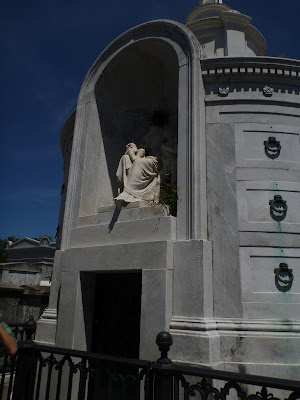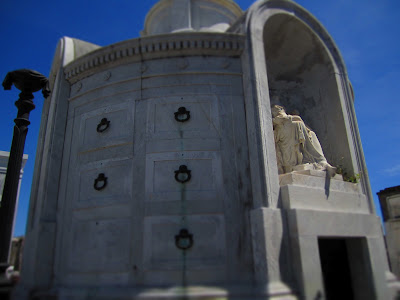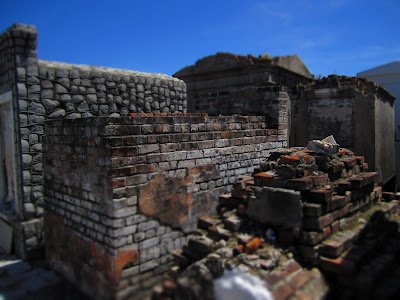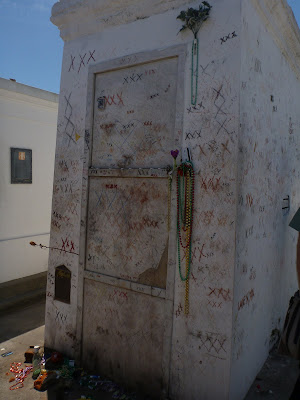We always get Sago Palm (Cycas revoluta) envy when we see one ‘casually’ growing somewhere. (It reminds of the measly Sago Palm we nursed along for several seasons that never amounted to much.) Anyway, this specimen was growing in a Henderson Nevada backyard. For this binomen project, we had two young helpers who decided on how to write out the genus name. They took apart one leaf (which you might be tempted to call a frond) and cut off leaflets that come out from the center spine of the leaf (which you might be tempted to call a pinna – as in a fern). Rocks were needed to hold down the leaflets in the wind.
C. revoluta is not a true palm, but a cycad, one of the five divisions of seed plants which includes cycads, gingko, conifers, gnetophytes, and flower plants. Cycads are found in many subtropical and tropical parts of the world.
According to CRC/Quattrocchi the genus name Cycas comes from the Greek name for a kind of palm, kykas, koikas, koix. Online Etymology chalks it up to a scribal error: “Mod. L. name, from Gk. kykas, a word found in Theophrastus, but now thought to be a scribal error for koikas ‘palm trees,’ accusative plural of koix, a word from an unknown non-Greek language.”
The species epithet revoluta means revolute or rolled back, especially referring to the edge of a leaf. It’s hard to know whether this epithet refers to the new leaves which unfurl from the center of the plant or refers to the mature leaves which are arched.
Cycas Leaf (left) and Cycas New Leaves (right)
The Creators (left) and Cycas Leaves On the Plant – Spared









































